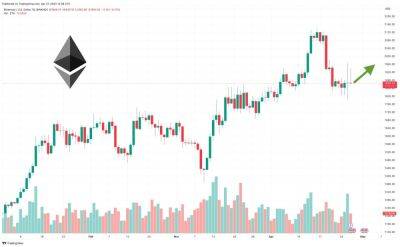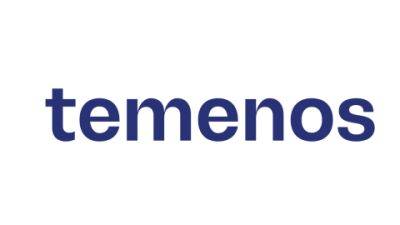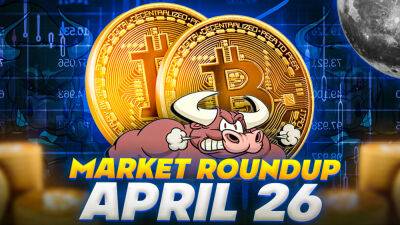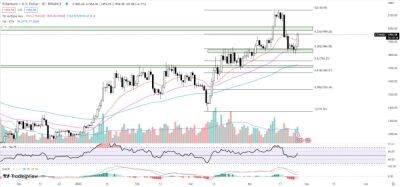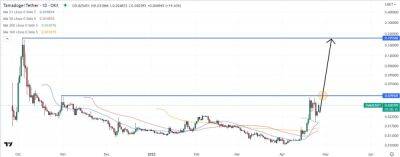Ethereum (ETH) Price Set to Roar as These Two Key Deflationary Tailwinds Pick Up
Post-“shapella” upgrade optimism that briefly lifted the Ether (ETH) price to 11-month highs in the mid-$2,150s earlier this month has mostly faded.
Ether, the token that powers the smart-contract-enabled Ethereum blockchain, was last trading close to $1,900, still up around 4% for the month, but over 11% below earlier monthly peaks.
Despite the fact that the ETH have been taking a breather in the last few weeks, analysts remain optimistic on the cryptocurrency’s medium to long-term prospects.
That’s in part because macro conditions continue to shift in favor of blue-chip (high market cap, high trust) cryptocurrencies like Bitcoin and Ethereum.
Bank crisis concerns continue to bubble with First Republic just taken into FDIC receivership and the Fed’s tightening cycle, while having a little way to go yet, looks to be coming to an end soon.
That means blue-chip cryptos will likely continue to benefit from 1) safe-haven demand as a “alternative” form of money and 2) easing financial conditions (i.e. a lower US dollar and US bond yields).
But unlike Bitcoin, Ether can also rely on the support of two key deflationary tailwinds that are likely to drive significant price upside in the coming years.
ETH’s Supply Deflation Rate Keeps Rising
The rate at which the Ether supply is deflating continues to trend higher.
On Thursday, the Annualized EIP-1559 Burn Rate surpassed the ETH Issuance Rate by 1.753%, a week after the deflation rate nearly hit its annual peak a week earlier at 3.933%.
The net inflation rate has been negative more-or-less every day since the end of January, according to chart data presented by crypto analytics firm Glassnode.
When the deflation rate increases, that means that individual ETH tokens are becoming scarcer
Read more on cryptonews.com



